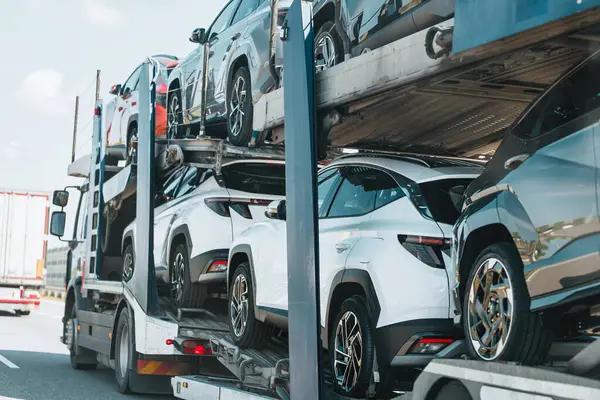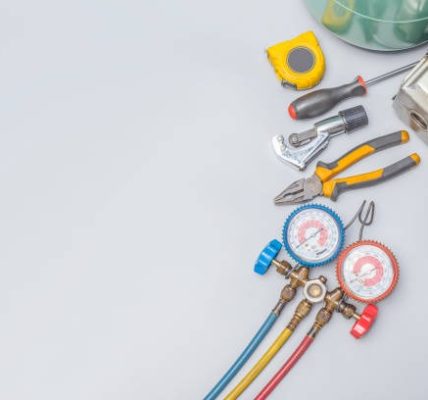When it comes to shipping a vehicle, choosing the right transport option is crucial. The two most common methods are enclosed and open transport, each offering distinct advantages depending on your needs. Understanding these options can help you make an informed decision that suits your budget, timeline, and the level of protection required for your car.
Open transport is the more widely used method and involves vehicles being shipped on an open-air trailer. This option is generally more affordable due to its efficiency in transporting multiple cars simultaneously. It’s also easier to schedule since there are more carriers available offering this service. However, because the vehicle is exposed to external elements like weather conditions, road debris, and dust during transit, it may not be ideal for high-value or classic cars where pristine condition is a priority.
On the other hand, enclosed transport provides maximum protection by shipping vehicles inside a fully covered trailer. This ensures that the car remains shielded from environmental factors such as rain, snow, or sun exposure as well as potential damage from road hazards. Enclosed trailers typically carry fewer vehicles at a time—often one to six—making them less prone to accidental scrapes or dents during loading and unloading processes. While uncover hidden gems this premium service offers peace of mind for owners of luxury or rare automobiles, it does come with higher costs compared to open transport.
The choice between these two options often boils down to balancing cost versus protection requirements. For everyday vehicles or those with minor wear-and-tear concerns already present, open transport usually suffices as a practical solution without breaking the bank. Conversely, if you’re shipping an exotic sports car or a vintage collectible that holds significant monetary or sentimental value, investing in enclosed transport might be worth every penny.
It’s also essential to consider factors like distance and timing when making your decision. Open carriers tend to have quicker availability due to their prevalence in the industry whereas scheduling an enclosed carrier may require additional lead time given their specialized nature.
Ultimately, both methods have their merits depending on individual circumstances. By evaluating your priorities—whether they lean toward affordability or safeguarding against risks—you can select the best car shipping option tailored specifically for your needs while ensuring peace of mind throughout the process.





